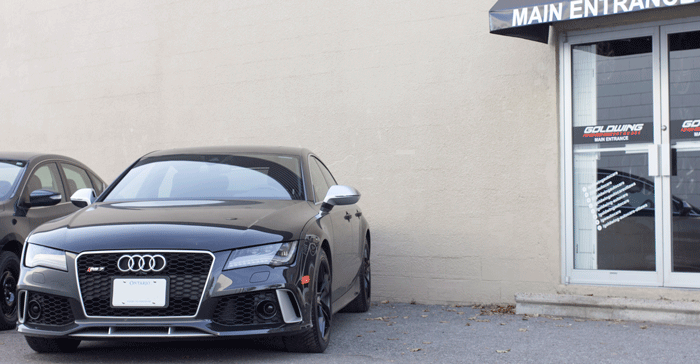Tires are purpose-built. Quite simply, they’re built to the specifications which might be best worthy of the job that the tire will perform. These specifications decide the materials that the tire consists of further to the tread patterns and the general look of the tire. These build specs may be broken on to the next classes: Touring, Overall performance, All-Season, Light Truck, and Winter.
- Touring
I’m sure you heard the phrase “touring,” but what does that mean? Touring means journeying at highway speeds for long durations. Touring tires are designed to give a quiet, outstanding ride with top-notch dealing speeds. This kind of tire has a non-aggressive tread with straight ribs that enable the channeling of water. Another attribute of the touring tire is long tread life. Long tread life is certainly an advantage, however, the downside is that the hard compound that makes up this tire has an inclination to freeze in winter, which in turn, sacrifices traction in bad climate.
- All performance
All performance Ottawa Tires does a great job at highway speeds. They have an aggressive tread that gives fantastic traction for aggressive driving. These tires have heavy shoulder lugs for traction and a broad clean face for gripping the surface. Water is usually not a strong factor of this kind of tire. They are constructed of a softer rubber compound which aids traction but wears out quickly. Overall performance Ottawa Tires are usually quick-lived. Most “summer” tires fall under this category.
- All-Season
This class consists of most likely the foremost versatile tires. All-season Ottawa Tires have a twin intention. First, the tread patterns squeegee, or take away water from under every tread block maximizing road contact. Secondly, the tread patterns allow the “pumping” of water, ice, and snow far from the tire. These tires can also made of a compound that resists freezing, making sure there is better traction in the course of icy conditions.
Another great attribute of the all-season tire is its overall performance in excellent weather. They’re comparatively quieter than performance tires, and their blocky tread pattern allows good traction and dealing within the moist and dry.

- Light Truck
This kind of tire is made for work. They’re constructed to work under heavy masses and in hard situations. The rubber compound is hard, ensuring sturdiness and the metal plies help the tire resist punctures and tears. The tread patterns vary extensively and are about by whether the tire will undoubtedly be used on or off-road.
- Winter
This category of the tire is built for inclement and extreme weather. Its entire mission in life is to maneuver and break through snow and ice. The rubber compound resists freezing temperatures and remains bendy. The treads open and close because the tire moves in the future are making a “crunching” effect on ice and snow. This “crunching” maintains the treads fresh which gets them equipped for the subsequent chunk, for traction.
They’re great at evacuating water. The sharp edges on the treads break by ice so your tire can find the highway or flooring that gives good traction. If you are ice, snow, or inclement weather places, the winter tire is your finest bet.
